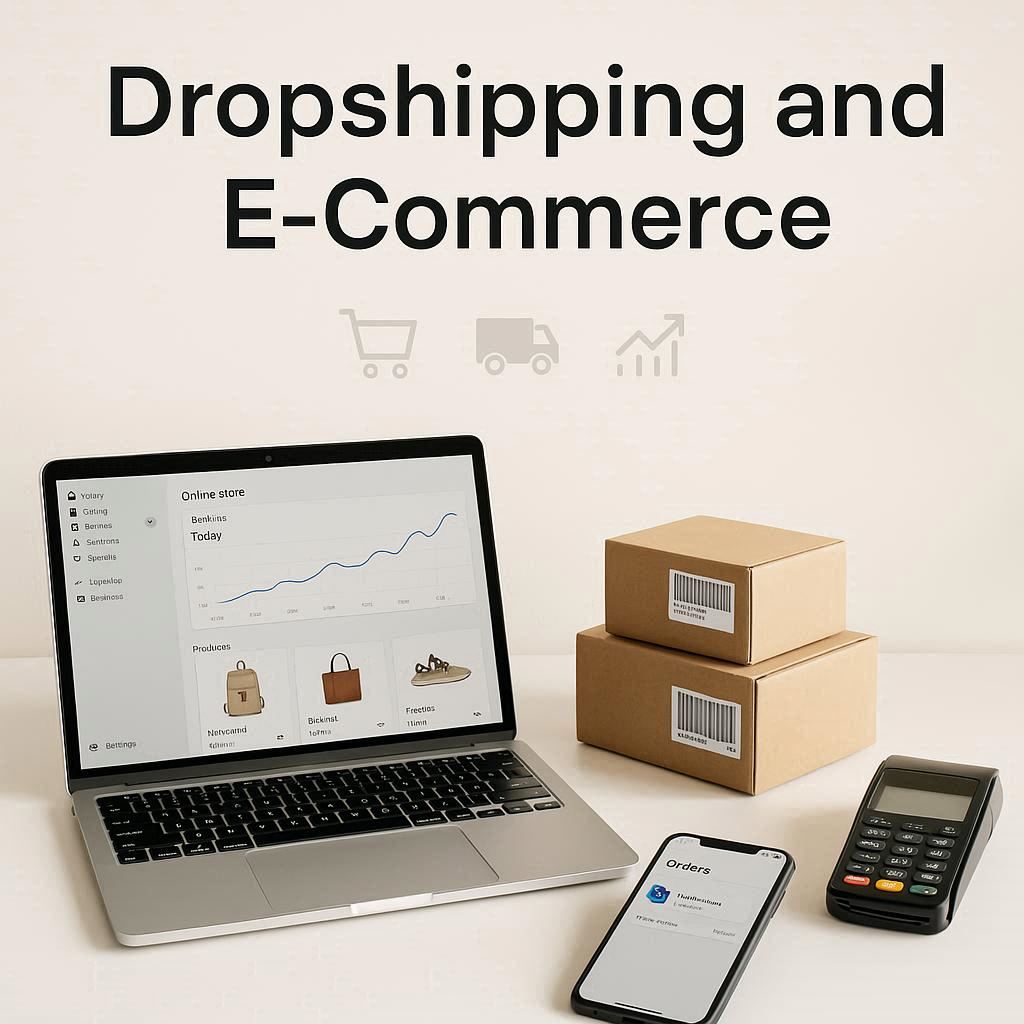For years, dropshipping has been pitched as a low-risk doorway into e-commerce. The truth sits somewhere in the middle: it’s accessible, but not automatic. If you approach it like a real business—treating product research, supplier relationships, customer experience, and unit economics with respect—dropshipping can be a lean way to validate ideas and build cash flow.
What dropshipping actually is (and isn’t)
Dropshipping means you sell products you don’t keep in your own warehouse. When a customer orders, your supplier ships directly to them. You avoid inventory risk, but you inherit other jobs: curating offers, writing persuasive product pages, managing marketing, and smoothing out logistics.
It’s not passive, and it’s not a “set and forget” side hustle. It’s retail—with fewer boxes in your garage.
The business model in four steps
- Pick an audience, then products. Start with a niche that has steady demand and clear pain points (pet travel, home office ergonomics, car cleaning). Validate with search trends, marketplaces, and social listening. Aim for products that are hard to find locally, have clear benefits, and can support a healthy margin.
- Source reliable suppliers. Vet shipping times, return policies, and quality. Order samples. Check packaging, tracking, and after-sales support. One bad supplier can undo months of marketing.
- Build a trustworthy storefront. Fast theme, strong mobile UX, crisp photography, short shipping disclosures, and a no-nonsense refund policy. Product pages should explain the outcome, not just the features.
- Drive targeted traffic. Start with one channel you can learn deeply: short-form video (UGC/reviews), paid social for testing creatives, or search ads for bottom-funnel intent. Collect emails/SMS and retarget—few people buy on first touch.
For a deeper walkthrough on the numbers, positioning, and channel testing, see this guide on how to make money dropshipping.
Margins and math (don’t skip this)
Map your unit economics before you launch:
- COGS: supplier price + shipping + transaction fees.
- Acquisition: what you pay, on average, to get a sale.
- Operating: apps, refunds, chargebacks, taxes, your time.
A simple rule: aim for a 60–70% gross margin before ad spend. That gives room for CAC and still leaves profit. If your breakeven ROAS is 2.8x and your tests can’t clear 3.0x sustainably, rework product, pricing, or audiences.
Offer > product
In crowded niches, the “offer” wins: bundles, fast-ship SKUs, bonuses (setup guides, sizing guarantees), and risk-reversal (extended returns). Anchor your price with value—don’t race to the bottom. Write copy that leads with outcomes, social proof, and FAQs that defuse objections.
Deliver a better experience than the next tab
- Shipping clarity: honest delivery windows and proactive tracking.
- Support: fast replies, templated macros for common issues, and simple returns.
- Quality control: audit suppliers quarterly; rotate underperformers.
Happy customers reduce refund rates and power reviews—the cheapest ads you’ll ever buy.
Testing and scaling
- Creative testing: iterate thumbnails, hooks, and angles every week. Kill losers fast.
- A/B product pages: price points, guarantees, and hero images.
- Analytics discipline: watch contribution margin per order, not just ROAS. Scale what stays profitable after fees and refunds.
- Diversify fulfillment: keep a bench of backup suppliers for winning SKUs to avoid stockouts.
Common mistakes to avoid
- Chasing random “viral” products without a defined audience.
- Ignoring shipping speed and post-purchase comms.
- Underpricing to “win” the click, then losing on every order.
- Relying on one ad set or one creator.
- Skipping legal basics (business registration, tax collection, TOS/privacy).
Getting started this week
- Choose a niche and list 10 pain points.
- Shortlist 5 products that solve them; order samples.
- Draft one high-quality product page and a simple brand style (logo, colors, tone).
- Create three 20–30s UGC-style videos with different hooks.
- Launch a small, structured test; read the data; iterate.
Dropshipping rewards the boring work: tight math, consistent testing, and great service. Treat it like a real brand from day one, and it can be both a learning lab and a profit center.



